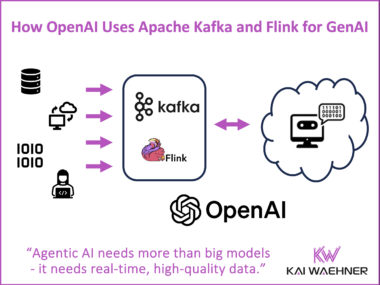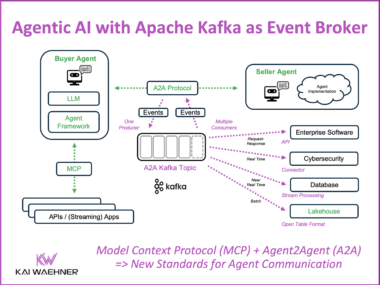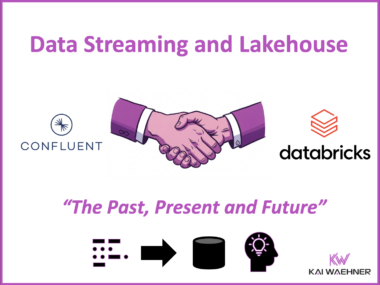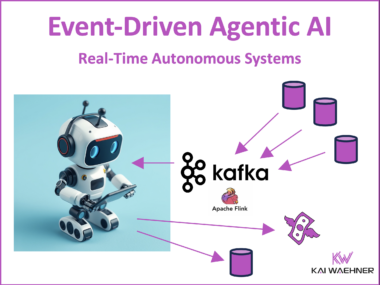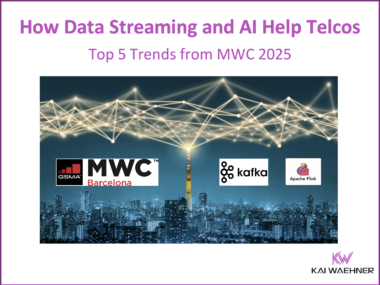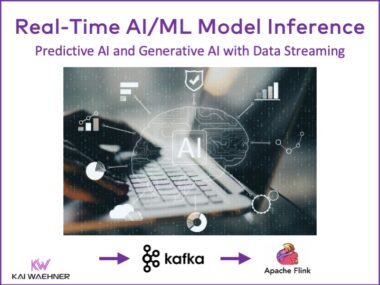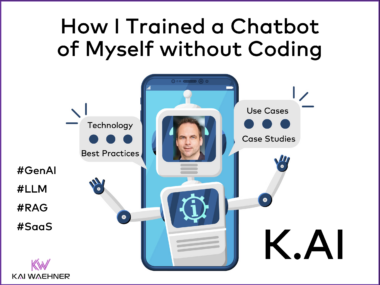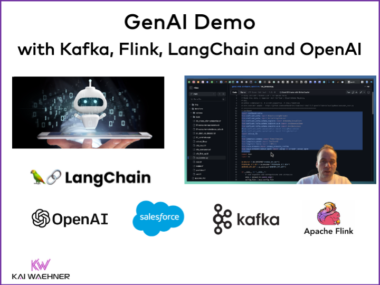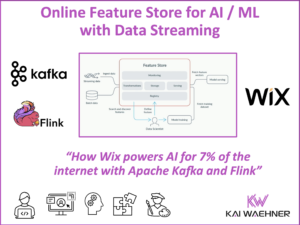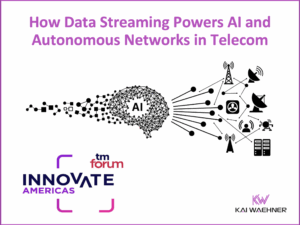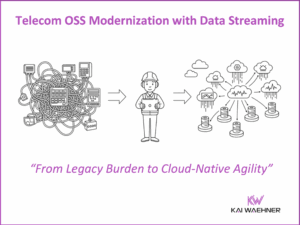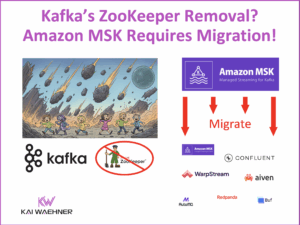How OpenAI uses Apache Kafka and Flink for GenAI
OpenAI revealed how it builds and scales the real-time data streaming infrastructure that powers its GenAI systems, including ChatGPT, at the Current 2025 conference in London. This blog post summarizes the role of Apache Kafka and Apache Flink in OpenAI’s architecture—enabling near-instant data processing, continuous feedback loops, and scalable coordination across model training and applications. From simplified Kafka consumption to multi-region Flink pipelines, OpenAI’s sessions showed why real-time data infrastructure is essential for both generative and agentic AI.

